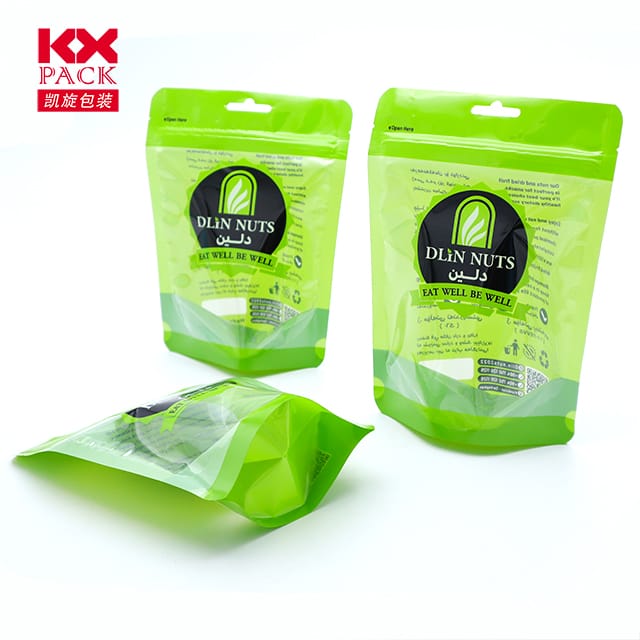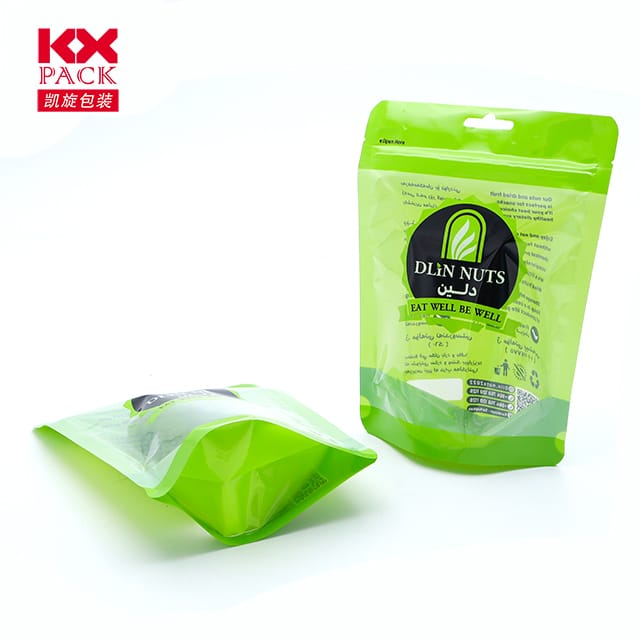弥合差距: 数字艺术到现代摄影中的胶卷印刷品4)
数字化胶卷印刷
In the age of instant gratification and pixel-perfect precision, 触觉越来越怀旧, 模拟摄影的有机魅力. 进入digital to film print—a hybrid workflow that merges the convenience of digital imaging with the soulful, 电影的永恒质量. 这个过程不仅是复古趋势; it’s a creative revolution redefining how photographers blend technology and tradition. Let’s dive into why this technique is captivating artists and enthusiasts alike.
1. The Magic of Hybrid Photography
Traditional film photography offers irreplaceable warmth, grain texture, and dynamic range, but it lacks the flexibility of digital post-processing. Conversely, digital workflows excel in editing but can feel sterile without the “human touch” of film.Digital to film print bridges this gap by allowing photographers to:
- Edit freely: Retouch, color-grade, and composite images in Photoshop or Lightroom.
- Print to film: Transfer the final digital file onto photographic film (like Kodak Endura or Fujifilm Crystal Archive) using specialized labs or printers.
- Achieve analog authenticity: The film stock introduces subtle variations, tonal gradients, and a tangible texture that digital alone can’t replicate.
2. Why Choose Digital to Film?
- Creative control: Combine precise digital adjustments with the unpredictable beauty of film.
- Archival quality: 数字化胶卷印刷 resist fading better than some digital inks, making them ideal for fine art or heirloom pieces.
- Tactile connection: Holding a physical print sparks a deeper emotional bond compared to scrolling through a screen.
- Unique aesthetics: Film grain, halation effects, and chemical-based tones add character that digital filters struggle to mimic.
3. The Process Demystified
While the technical steps vary by lab or equipment, here’s a simplified workflow:
- Shoot digital: Capture your subject using a DSLR, mirrorless camera, or even a smartphone.
- Edit meticulously: Perfect your composition, 颜色, and contrast digitally.
- Select a film stock: Choose between matte, 光滑, 或专业电影 (例如。, Ilford’s black-and-white stocks).
- Print via laser or RA-4: Labs use laser exposure or traditional photographic paper processors to transfer your digital file onto light-sensitive film.
- Final touches: Some artists add hand-painted details, chemical toning, or alternative processes (like cyanotype) to enhance uniqueness.
4. 挑战和考虑因素
- 成本: 数字化胶卷印刷 are pricier than digital prints due to materials and labor.
- Color accuracy: Matching digital screens to film output requires calibration and testing.
- Turnaround time: Labs often take longer than digital printers.
- 可持续发展: Film processing uses chemicals, though some labs prioritize eco-friendly practices.
5. Inspiring Examples
- Fine art photographers 使用 数字化胶卷印刷 for limited-edition prints, blending surreal edits with the rawness of film.
- Wedding photographers offer film-print albums as a luxury option for clients.
- Conceptual artists experiment with film decay, light leaks, and hand-developing techniques to create avant-garde pieces.
结论: The Best of Both Worlds
Digital to film print isn’t about abandoning technology—it’s about expanding creativity. By embracing this hybrid approach, photographers honor the past while reimagining the future. Whether you’re a purist or a tech enthusiast, there’s no denying the allure of holding a print that feels both cutting-edge and centuries old. Ready to roll? Experiment, fail, and let the magic of light and chemistry surprise you.
🎞️Your next masterpiece might just be a roll away.






